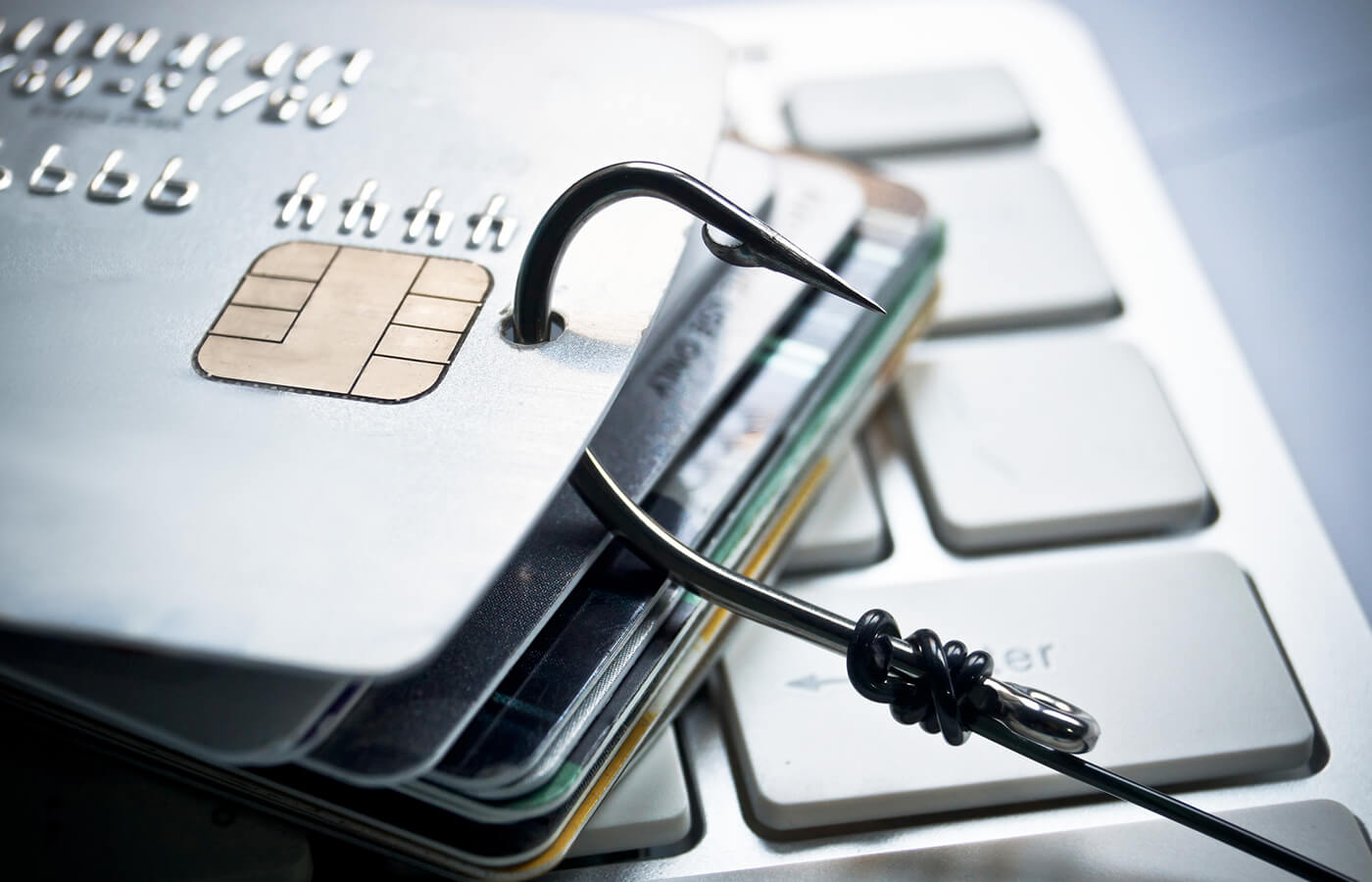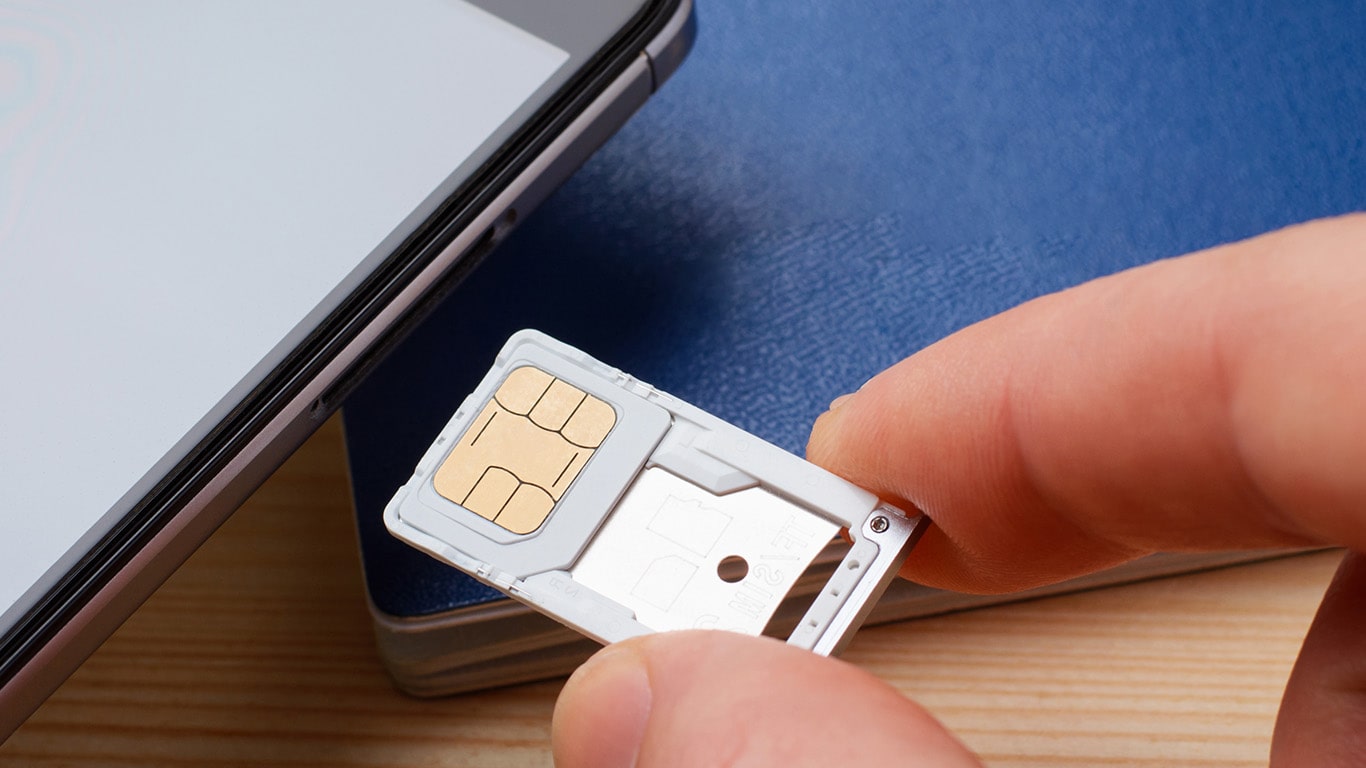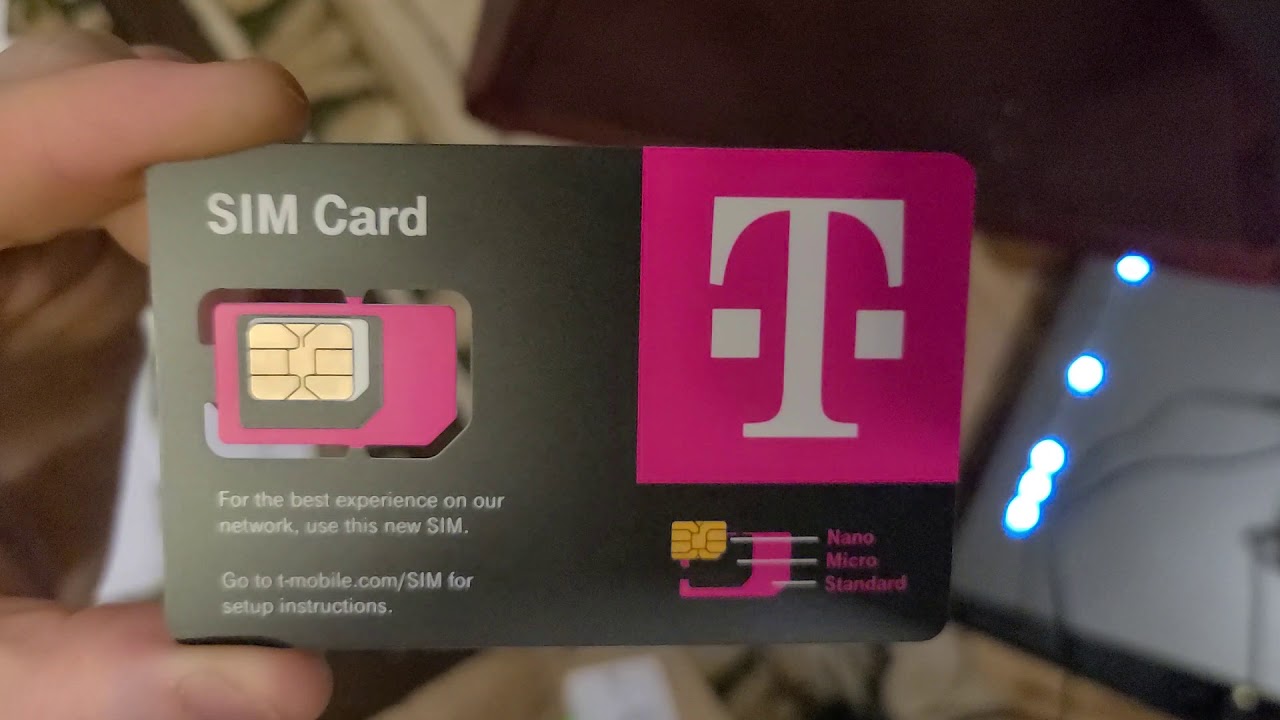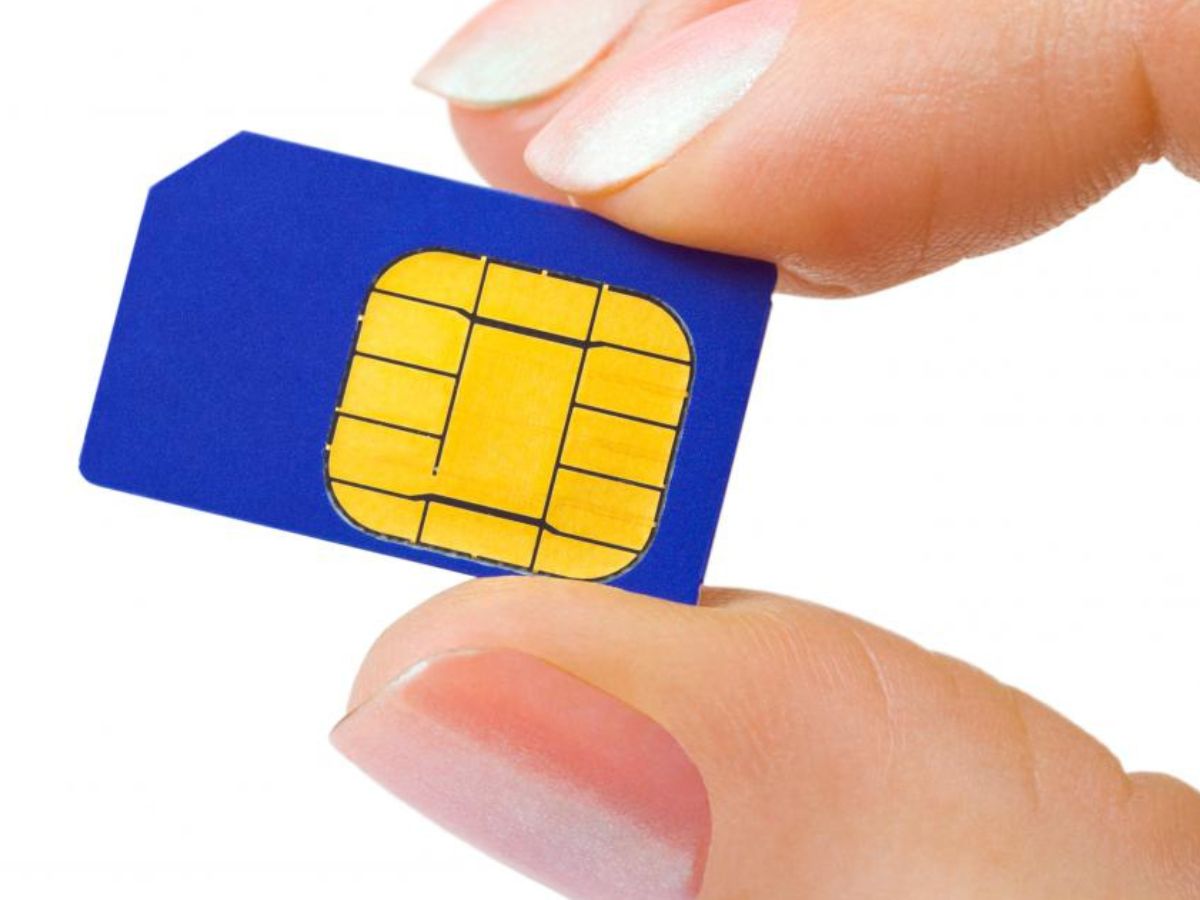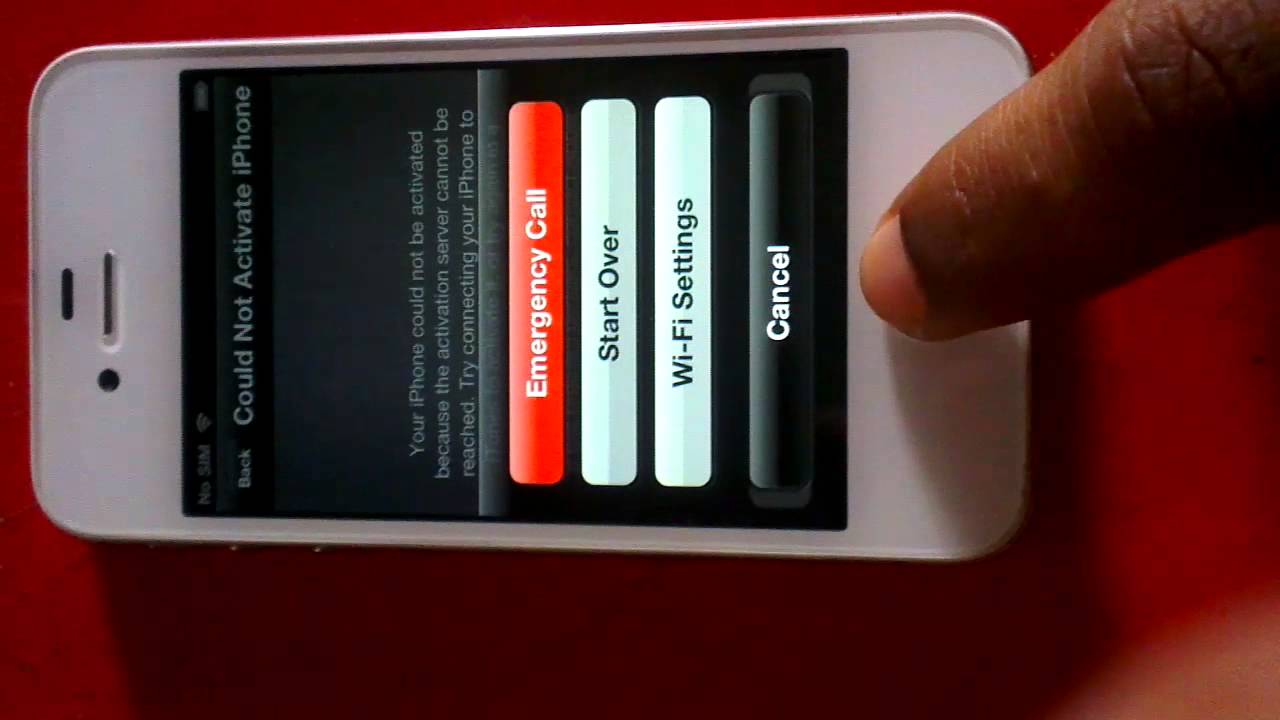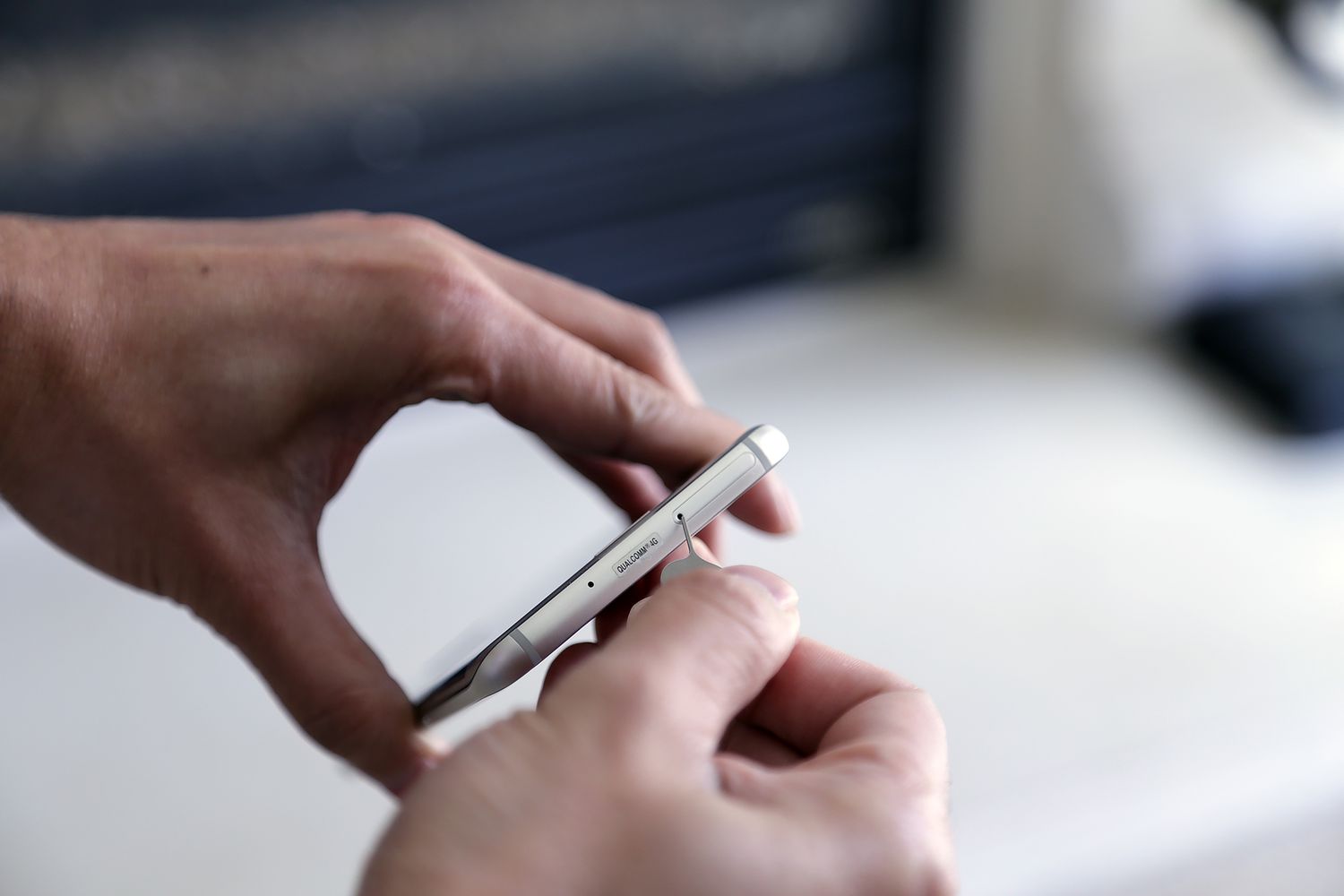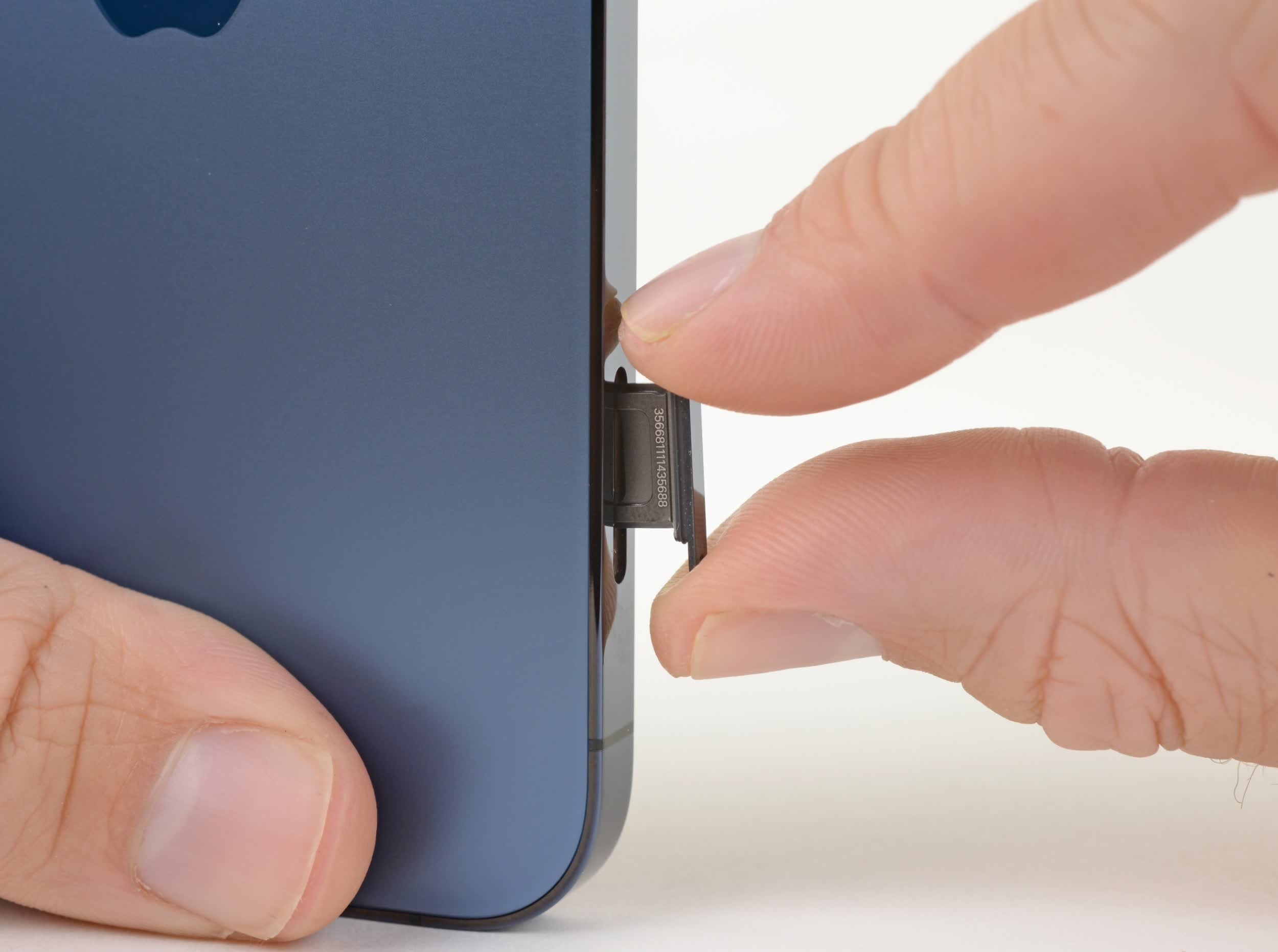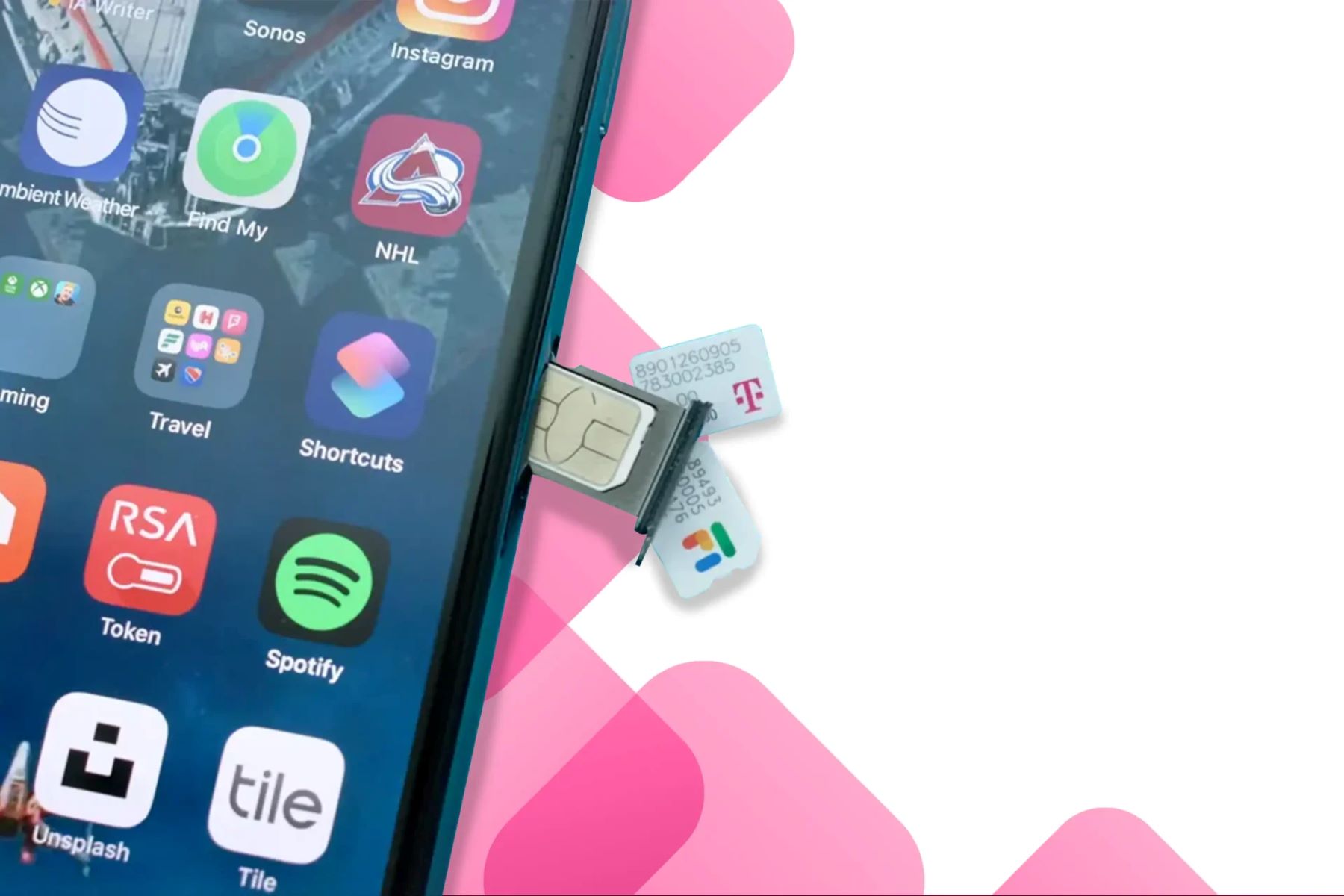Introduction
In today's digital age, our reliance on mobile devices has become an integral part of our daily lives. From staying connected with loved ones to managing our finances and accessing a myriad of online services, our smartphones have evolved into indispensable tools. At the heart of this technological marvel lies the Subscriber Identity Module (SIM) card, a small but powerful component that enables our devices to connect to cellular networks and access a wide array of services.
Understanding the importance of the SIM card is crucial, as it serves as the gateway to our mobile identity and connectivity. However, with the growing prevalence of cyber threats and identity theft, it's essential to comprehend the potential risks associated with SIM card theft and unauthorized access. By delving into the intricacies of SIM card security and the implications of its compromise, we can equip ourselves with the knowledge to safeguard our personal information and maintain control over our mobile devices.
As we embark on this exploration of SIM card security, we will uncover the various vulnerabilities that can arise from unauthorized access to these vital components. From the potential exploitation of personal data to the unauthorized use of phone services, the implications of SIM card theft extend far beyond the physical loss of the card itself. By shedding light on these risks and offering insights into protective measures, we aim to empower individuals to mitigate the potential threats posed by SIM card compromise.
Through a comprehensive understanding of the risks associated with SIM card theft, we can take proactive steps to fortify the security of our mobile devices and preserve the integrity of our personal information. By remaining vigilant and informed, we can navigate the digital landscape with confidence, knowing that we are equipped to safeguard our mobile identities from potential threats.
What is a SIM Card?
A Subscriber Identity Module (SIM) card is a small, removable smart card that is inserted into mobile devices such as smartphones, tablets, and some feature phones. It serves as a critical component that enables these devices to connect to cellular networks and access a wide array of services, including voice calls, text messaging, and mobile data. The SIM card contains unique information that identifies the user to the network, allowing for secure and personalized communication.
Physically, a SIM card is typically a small, rectangular card, often no larger than a postage stamp, with a metallic chip embedded in it. This chip stores essential data, including the International Mobile Subscriber Identity (IMSI), which uniquely identifies the user to the mobile network, and the Authentication Key (Ki), which is used to authenticate the user's identity and ensure the security of communications.
The SIM card also stores information such as the Integrated Circuit Card Identifier (ICCID), which uniquely identifies the SIM card itself, and the Mobile Subscriber Integrated Services Digital Network Number (MSISDN), which represents the user's phone number. These details are essential for authenticating the user's identity and enabling seamless access to mobile services.
One of the key features of a SIM card is its portability, allowing users to easily transfer their mobile identity and subscription information between different devices. This means that users can simply remove the SIM card from one device and insert it into another, enabling them to retain their mobile number and subscription details without being tied to a specific handset.
In addition to facilitating communication services, modern SIM cards may also support advanced features such as secure storage for contacts and text messages, as well as the ability to access mobile payment and authentication services. Furthermore, the evolution of SIM technology has led to the introduction of embedded SIMs (eSIMs), which are integrated directly into the device's hardware, eliminating the need for a physical SIM card.
In essence, the SIM card acts as a gateway to mobile connectivity, enabling users to seamlessly access a myriad of services while ensuring the security and integrity of their communications. Its compact size belies its significance, as it plays a pivotal role in establishing and maintaining the link between users and the mobile networks that have become an indispensable part of modern life.
Potential Risks of SIM Card Theft
The theft or unauthorized access to a SIM card can expose individuals to a myriad of potential risks, extending beyond the physical loss of the card itself. Understanding these risks is crucial in comprehending the full implications of SIM card compromise. Here are the key potential risks associated with SIM card theft:
-
Unauthorized Access to Personal Data: A compromised SIM card can grant unauthorized individuals access to sensitive personal data stored on the device, including contacts, messages, and potentially even financial information. This breach of privacy can lead to identity theft, fraud, and the unauthorized use of personal information for malicious purposes.
-
Unauthorized Use of Phone Services: If a stolen SIM card is not immediately reported and deactivated, it can be used to make unauthorized calls, send messages, and access mobile data services, potentially resulting in substantial financial losses for the legitimate owner. Moreover, the unauthorized use of phone services through a stolen SIM card can lead to legal and regulatory complications for the rightful owner.
-
Impersonation and Identity Theft: With access to the SIM card's unique identifier and associated phone number, perpetrators can engage in impersonation and identity theft, potentially using the stolen identity for fraudulent activities, social engineering attacks, or unauthorized access to sensitive accounts and services linked to the compromised phone number.
-
Compromised Two-Factor Authentication: Many online services and applications rely on SMS-based two-factor authentication (2FA) to verify the identity of users. A stolen SIM card can compromise this security measure, allowing unauthorized individuals to intercept 2FA codes sent to the compromised phone number and gain access to the victim's online accounts and sensitive information.
-
Disruption of Communication and Services: The loss of a SIM card can disrupt the user's ability to communicate and access essential mobile services, causing inconvenience and potential disruption to personal and professional interactions. This can lead to missed communications, delayed access to critical information, and a loss of productivity.
Understanding these potential risks underscores the importance of promptly addressing and mitigating the impact of SIM card theft or unauthorized access. By being aware of these risks, individuals can take proactive measures to protect their personal information, secure their mobile devices, and minimize the potential fallout from SIM card compromise.
By acknowledging the multifaceted risks associated with SIM card theft, individuals can adopt a vigilant approach to safeguarding their mobile identities and preserving the integrity of their personal data. Through awareness and proactive security measures, the impact of SIM card theft can be mitigated, allowing individuals to navigate the digital landscape with confidence and peace of mind.
Unauthorized Access to Personal Data
Unauthorized access to personal data represents a significant risk stemming from the theft or unauthorized use of a SIM card. When a SIM card falls into the wrong hands, it can potentially grant intruders access to a treasure trove of sensitive information stored on the associated mobile device. This includes personal contacts, text messages, call logs, and in some cases, even financial and account-related data.
The ramifications of such privacy breaches can be far-reaching, with the potential for identity theft, fraudulent activities, and the exploitation of personal information for malicious purposes. Intruders may leverage the pilfered data to perpetrate various forms of fraud, including financial scams, unauthorized account access, and social engineering attacks. Moreover, the unauthorized access to personal data can lead to the compromise of an individual's privacy and the erosion of trust in digital interactions.
In the context of personal communications, unauthorized access to text messages and call logs can expose private conversations and sensitive information to unauthorized individuals. This breach of privacy can have profound implications for individuals, potentially leading to emotional distress, reputational damage, and the violation of personal boundaries.
Furthermore, the compromise of financial and account-related data through unauthorized access to a SIM card can result in tangible financial losses and the disruption of essential services. Intruders may exploit the stolen information to conduct unauthorized transactions, gain access to sensitive accounts, and perpetrate fraudulent activities, leading to financial hardship and legal complications for the rightful owner.
The potential for unauthorized access to personal data underscores the critical importance of promptly addressing and mitigating the impact of SIM card theft or unauthorized access. By understanding the gravity of this risk, individuals can take proactive measures to secure their devices, implement robust authentication mechanisms, and leverage encryption and secure communication practices to protect their personal data from unauthorized access.
In essence, the threat of unauthorized access to personal data resulting from SIM card theft serves as a poignant reminder of the need for robust security measures, heightened awareness, and proactive steps to safeguard personal information. By acknowledging this risk and taking decisive action to fortify the security of mobile devices, individuals can mitigate the potential fallout from SIM card compromise and maintain control over their digital identities and personal data.
Unauthorized Use of Phone Services
The unauthorized use of phone services represents a significant risk associated with SIM card theft or unauthorized access. When a SIM card is stolen or compromised, there is a heightened potential for unauthorized individuals to exploit the associated phone number and mobile services for their own benefit, leading to a range of detrimental consequences for the legitimate owner.
If a stolen SIM card is not promptly reported and deactivated, it can be utilized to make unauthorized calls, send messages, and access mobile data services, resulting in substantial financial losses and potential legal and regulatory complications for the rightful owner. The unauthorized use of phone services through a stolen SIM card can lead to inflated bills, unexpected charges, and the misuse of the owner's subscription plan, causing financial distress and inconvenience.
Moreover, the unauthorized use of phone services through a compromised SIM card can tarnish the reputation of the legitimate owner, as the activities conducted using the stolen identity may not align with their personal or professional conduct. This can lead to misunderstandings, strained relationships, and reputational damage, impacting the individual's standing within their personal and professional circles.
From a regulatory standpoint, the unauthorized use of phone services through a stolen SIM card can result in legal complications, as the legitimate owner may be held accountable for activities conducted using their compromised phone number. This can lead to disputes with service providers, challenges in proving the unauthorized nature of the activities, and potential liabilities stemming from the unauthorized use of the compromised SIM card.
Furthermore, the unauthorized use of phone services through a stolen SIM card can disrupt the rightful owner's access to essential mobile services, causing inconvenience and potentially impeding their ability to communicate effectively and access critical information. This disruption can lead to missed communications, delayed access to important updates, and a loss of productivity in personal and professional endeavors.
Understanding the potential ramifications of the unauthorized use of phone services resulting from SIM card theft underscores the urgency of promptly addressing and mitigating the impact of such incidents. By promptly reporting the theft or unauthorized access of a SIM card to the relevant authorities and service providers, individuals can minimize the potential financial losses, reputational damage, and legal complications stemming from the unauthorized use of their phone services.
In essence, the risk of unauthorized use of phone services resulting from SIM card theft highlights the imperative of swift action and proactive measures to mitigate the impact of such incidents. By raising awareness of this risk and advocating for prompt response and preventive measures, individuals can fortify the security of their mobile identities and minimize the potential fallout from SIM card compromise.
Impersonation and Identity Theft
Impersonation and identity theft represent grave concerns stemming from the theft or unauthorized access to a SIM card. When an individual's SIM card falls into the wrong hands, it can provide perpetrators with the means to impersonate the legitimate owner and exploit their identity for malicious purposes. This risk extends beyond the physical loss of the SIM card, delving into the realm of personal privacy, security, and the potential for far-reaching repercussions.
With access to the unique identifier associated with the compromised SIM card and the corresponding phone number, unauthorized individuals can engage in various forms of impersonation and identity theft. This can manifest in the form of fraudulent activities, social engineering attacks, and unauthorized access to sensitive accounts and services linked to the compromised phone number.
The implications of impersonation and identity theft are multifaceted, encompassing both tangible and intangible repercussions. From a financial perspective, the unauthorized use of the stolen identity can lead to fraudulent transactions, unauthorized access to financial accounts, and the exploitation of the victim's financial resources. This can result in substantial financial losses, legal entanglements, and the erosion of trust in digital transactions.
Moreover, the emotional and psychological impact of identity theft cannot be overstated. The violation of personal identity and the misuse of one's digital persona can lead to profound feelings of vulnerability, anxiety, and a loss of trust in digital interactions. The emotional toll of identity theft can extend beyond the immediate aftermath of the incident, impacting an individual's sense of security and well-being in the digital realm.
In the context of personal and professional relationships, the repercussions of identity theft can be far-reaching. Perpetrators may exploit the stolen identity to engage in deceptive communications, manipulate social connections, and perpetrate scams and fraudulent activities under the guise of the legitimate owner. This can lead to strained relationships, reputational damage, and the erosion of trust within personal and professional networks.
The potential for impersonation and identity theft resulting from SIM card theft underscores the critical importance of proactive measures to safeguard personal identities and mitigate the impact of such incidents. By raising awareness of this risk and advocating for robust authentication mechanisms, encryption practices, and heightened vigilance in digital interactions, individuals can fortify the security of their digital identities and minimize the potential fallout from SIM card compromise.
In essence, the risk of impersonation and identity theft resulting from SIM card theft serves as a stark reminder of the need for heightened awareness, proactive security measures, and a resilient stance against the exploitation of personal identities in the digital landscape. By acknowledging this risk and taking decisive action to fortify the security of mobile devices, individuals can mitigate the potential repercussions of SIM card compromise and maintain control over their digital identities and personal data.
How to Protect Your SIM Card
Protecting your SIM card from theft and unauthorized access is paramount in safeguarding your personal information and maintaining control over your mobile identity. By implementing proactive security measures and adhering to best practices, you can fortify the security of your SIM card and mitigate the potential risks associated with its compromise. Here are essential steps to protect your SIM card:
-
Enable SIM Card Lock: Most mobile devices offer the option to set a PIN (Personal Identification Number) or a password to lock the SIM card. Activating this feature adds an additional layer of security, requiring the entry of the PIN or password each time the device is powered on or the SIM card is inserted. This prevents unauthorized individuals from accessing the SIM card and using it in another device.
-
Report Loss or Theft Promptly: In the event of a lost or stolen SIM card, it is crucial to report the incident to your mobile service provider immediately. By promptly notifying the provider, the compromised SIM card can be deactivated, preventing unauthorized use and mitigating the potential risks associated with its theft.
-
Implement Device Security Measures: Utilize the security features available on your mobile device, such as biometric authentication (e.g., fingerprint or facial recognition) and device encryption. These measures enhance the overall security of the device, complementing the protection of the SIM card and the data stored on the device.
-
Regularly Monitor Account Activity: Stay vigilant by monitoring your mobile account for any unauthorized or suspicious activity. Review your call logs, text message history, and data usage to identify any irregularities that may indicate unauthorized access to your SIM card or mobile services.
-
Secure Physical Access to Your SIM Card: Store your SIM card in a safe and secure location, ensuring that it is not easily accessible to unauthorized individuals. If your device allows for the removal of the SIM card, consider keeping it in a separate, secure container when not in use.
-
Be Wary of Phishing Attempts: Exercise caution when responding to unsolicited communications or requests for personal information. Be mindful of phishing attempts that may seek to obtain sensitive details, including SIM card information, under false pretenses.
-
Educate Yourself on Security Best Practices: Stay informed about the latest security threats and best practices for safeguarding your mobile devices and SIM card. By enhancing your awareness of potential risks, you can proactively mitigate security threats and protect your personal information.
By adhering to these proactive measures and maintaining a vigilant stance against potential security threats, you can significantly enhance the security of your SIM card and minimize the risks associated with unauthorized access and theft. Through a combination of technological safeguards, awareness, and prompt action in the event of a security incident, you can assert greater control over your mobile identity and preserve the integrity of your personal information.
Conclusion
In conclusion, the Subscriber Identity Module (SIM) card, while often overlooked in its physical form, holds immense significance in the realm of mobile connectivity and personal identity. As we have delved into the potential risks associated with SIM card theft and unauthorized access, it becomes evident that the implications extend far beyond the mere loss of a small, rectangular card. The unauthorized access to personal data, the misuse of phone services, and the threat of impersonation and identity theft underscore the critical importance of safeguarding our SIM cards and fortifying the security of our mobile identities.
By understanding the multifaceted risks and their potential repercussions, individuals can proactively adopt measures to protect their SIM cards and mitigate the impact of potential security incidents. From enabling SIM card locks and promptly reporting loss or theft to implementing robust device security measures and staying vigilant against phishing attempts, there are actionable steps that individuals can take to fortify the security of their mobile identities and personal data.
Moreover, the evolving landscape of mobile security calls for heightened awareness and a proactive stance against potential threats. As technology continues to advance, so too do the methods employed by malicious actors to exploit vulnerabilities. Therefore, staying informed about the latest security best practices and remaining adaptable in the face of emerging threats is essential in preserving the integrity of our mobile identities.
In essence, the risks associated with SIM card theft serve as a poignant reminder of the interconnected nature of our digital lives and the imperative of safeguarding our personal information. By acknowledging these risks and taking decisive action to fortify the security of our SIM cards, we can navigate the digital landscape with confidence, knowing that we have taken proactive steps to protect our mobile identities and preserve the privacy of our personal data.
As we embrace the myriad benefits of mobile connectivity, let us also embrace the responsibility of safeguarding our SIM cards and maintaining control over our digital identities. Through a combination of awareness, proactive security measures, and swift response to potential security incidents, we can fortify the security of our mobile devices and assert greater control over our digital lives.
In the dynamic and interconnected world of mobile technology, the protection of our SIM cards transcends the physical realm, encompassing the preservation of our digital identities and the safeguarding of our personal information. By recognizing the significance of this small yet pivotal component, we empower ourselves to navigate the digital landscape with resilience and confidence, knowing that we are equipped to protect our mobile identities from potential threats.







